
Buckethead, 2019
Paper, Plexiglass, LED Lights 12 x 12 x 16 inches
Brock Gratz
The human body doesn’t last forever. We grow, we age and eventually we pass away. That is the nature of our life cycle. At a very early age I became intrigued and deeply afraid of this reality. Around the same time, I was introduced to science fiction and retrofuturistic media- different perceptions of the future by authors and artists who might not live to see the future they imagined, but endeavoured nonetheless to visualize what form it might take.
It is a glorious dream, a neon-lit future with anti-gravity engines and hydrogen-powered societies populated by people with chrome-plated skin, where injuries and illnesses are easily dealt with thanks to advanced biomechanical technology.
I have been immensely fortunate to have many people in my life, friends and family, whom I care deeply for and care for me in turn. Whenever one passes away, I feel a deep sense of loss and grief, not only because of the emotional act of parting, but because of some faint hope that in the not-so-distant future there would be technology that could save and preserve people, keeping them with us longer. As a child it was easy to think that all it might take is some hard work and a keen mind to invent such things. Unfortunately, I am not a brilliant scientist or doctor, and I am not capable of the means to stave off sickness and death, no matter how much I might like to. It would be wonderful to live in a world where we never have to say our goodbyes, but that world exists only within my own imaginings.
I like to render people as machines and cyborgs because it gives them a permanence and an ageless quality, where the feelings and personality that made them irreplaceable remain. Regardless of what reality comes to pass, they exist forever inscribed upon my own memory. Retrofuturism offers solace as a tomorrow that might not arrive, it’s a universe of fiction, a galaxy of possibilities not bound by time or reason.
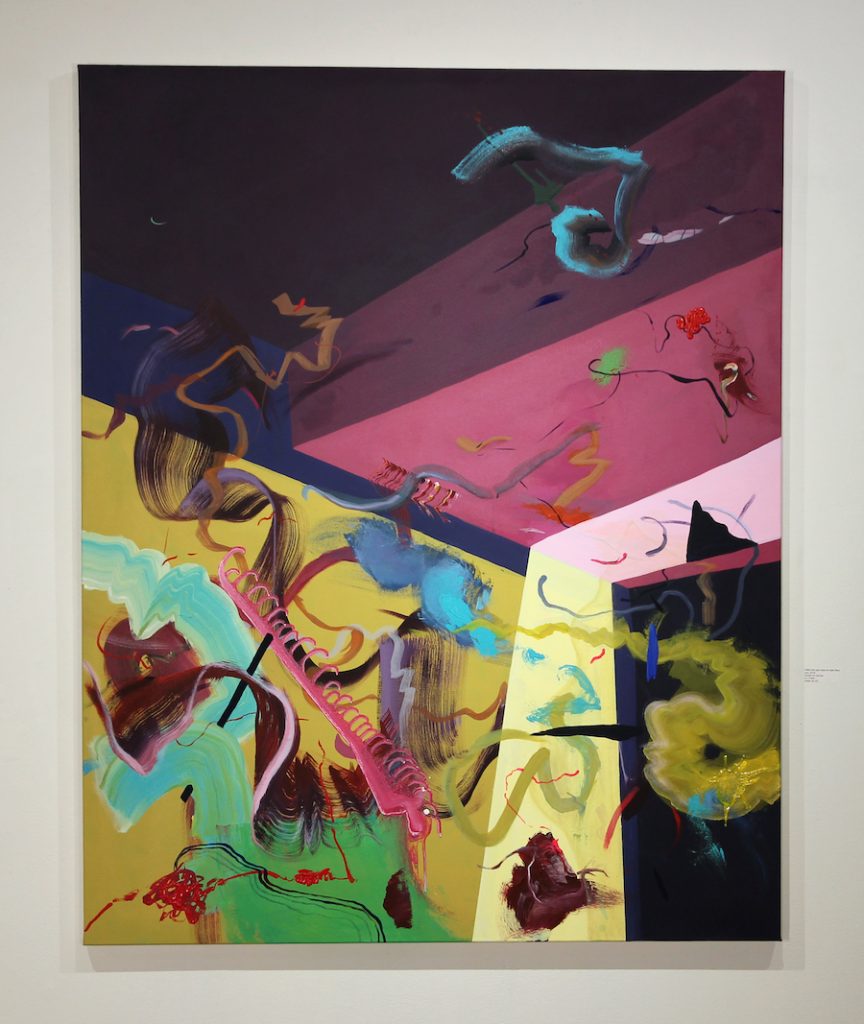
OMG this quiz says he defs likes you, 2019
Acrylic on canvas 5 x 4 feet
Aiden de Vin
Domesticity
The spaces that exist in my work are based on the nooks and corners of my childhood home. Through my painting process I have begun to abstract the spaces, bringing the emotional experiences of the space to the foreground. The marks within the spaces are representative of people, conversations, feelings and moments that have been felt and remembered; representations of the memories and emotions felt during a specific time in that corner of my home. The colours of the walls combined with the marks further allow the viewer to experience the emotions of the space.
The French philosopher Gaston Bachelard has informed my work through his writing The Poetics of Space, in which he writes “we comfort ourselves by reliving memories of protection. Something closed must retain our memories, while leaving them their original value as images. Memories of the outside world will never have the same tonality as those of home and, by recalling these memories, we add to our store of dreams” (Bachelard 6).
For example, OMG this quiz says he defs likes you speaks to a memories of sleepovers I would have with friends at the age of 13. The sensation of the space was electric. We would giggle and hush ourselves as the light from the hallway peered into the room, exposing our joy and enchantment to anyone who may pass by.
In this work I am interested in the way that domestic spaces have the ability to sustain memories and moments that have passed. We are often able to relive those memories and emotions through entering into the space, even after those experiences have become fragmented by the past.
Works Cited
Bachelard, Gaston. The Poetics of Space. Boston: Beacon Press, 1969. Print.

Bob, 2019
Acrylic on canvas
30 x 24 inches
Ruth Nygard
The Importance of Human Expression
These portraits are observations of the energy from the subtle and not so subtle clues from gestural and facial expressions. I have always valued these visual signals as universal communicators. I have incorporated a of style painting that hopefully brings a vibrant energy into the subjects. Also using the raw canvas pigment aides in the overall aesthetics of the undertone for the subjects as well as neutralizing the background. I have a special relationship and respect for the people that I depicted in these paintings as they have had personal struggles and challenges. Whether they have overcome these challenges, or they have had to learn to live with them, I feel that most viewers can relate to these people. My cell phone has been the least obtrusive way to capture natural images. After taking a few photos I asked the person to relax, so they returned to their natural behaviors and that is when I capture their more authentic expressions. It was not necessary to have all candid shots to capture an engaging expression. Of example, Mary’s vibrance did not suffer although she is facing us, and for John’s although he spots the camera, it is the vantage point that interested me. In preparing for the project, I have studied artists such as Alice Neel as she also worked with emotionally charged portraiture. Studying Vincent Van Gogh’s expression of movement through brush strokes, and Edgar Degas’s handling of textures and pigment also helped my process. I feel these examples of expressionism is important, as we cannot leave our emotional selves and needs behind in this depersonalizing cyber space world. (There is more to us than what an emoji can express.)

What is existential?, 2019
Photography on Stonehenge paper
8 x 11 inches
Barb Dawson
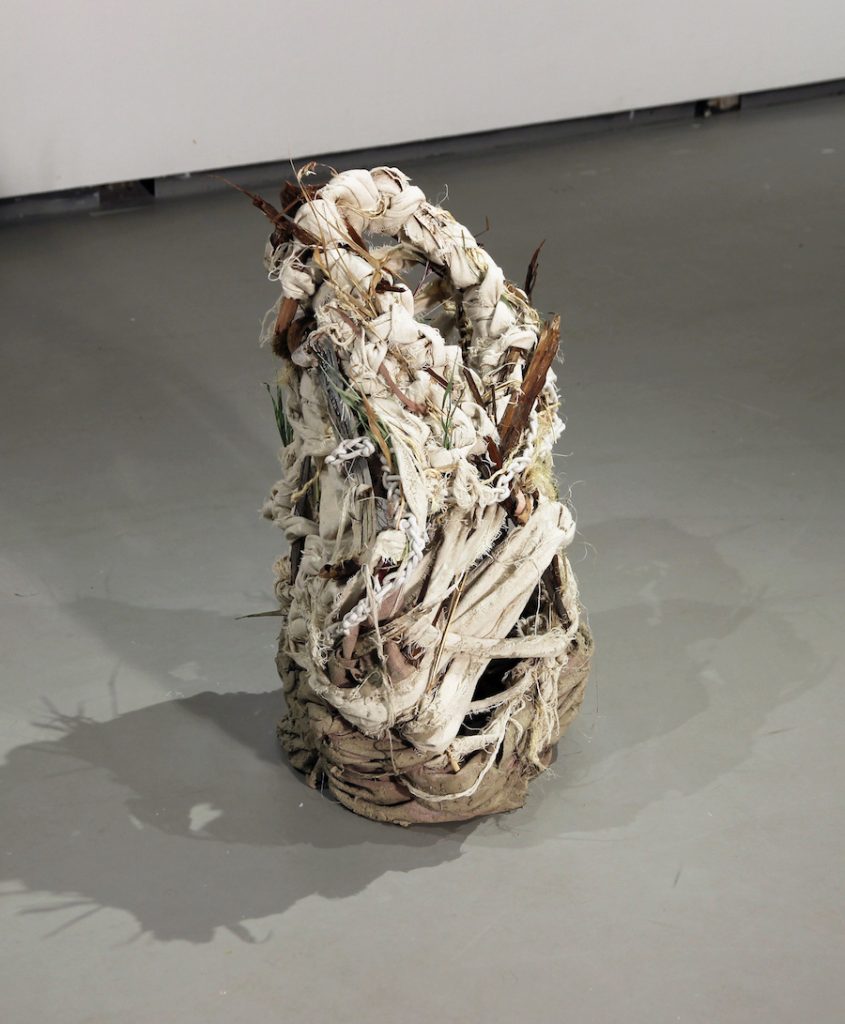
River Woven Vessel, 2019
Canvas, line, twine, clay, organic materials
65 x 45 inches
Robyn Miller
In my art practice I seek grounding by connecting organic with human made or manipulated materials through weaving and entanglement. I offer viewers a space for contemplative engagement through my work and chosen materials. Having fallen in love with the Shuswap river, a river that runs from the mountains and through the Okanagan and Shuswap regions of the Syilx Nation, I chose to carefully harvest materials from along its banks. I have created a vessel woven from these materials which I combined with canvas and line.
Lines and canvas are reminiscent of sailing, which is perhaps why I am so drawn to use them. I spent my childhood on a sail boat traveling north and south throughout the Caribbean Islands. This was an influential time in my life that has affected my outlook on spaces and my relation to them. It is unavoidable to feel a sense of entanglement with nature when you are sailing. While living on a boat, whether in quiet bays, unreachable by any other means, or on the ocean with no land in sight, where the horizon melts and shifts between the sea and the sky there is a feeling of immersion with nature. I do not see a separation between myself and my environment any more than I see a separation between myself and other beings, whether they are human or otherwise. I feel we share space and imprint on one another just as we imprint on spaces and places that we have connected with.
While creating this piece I engaged in active meditation while allowing the materials to guide my weave. The act of weaving from this meditative state promotes a sense of grounding that I lacked due to the fluid and changeable nature of my nautical childhood. The weave itself is a way in which I express the connection I feel with my environment. The vessel holds, both within it’s hollow interior and on its entangled surface, the imprint of my interactions with it, as well as the connectivity I feel while weaving materials together in a rising spiral as a reflection on the cyclical nature of all things.
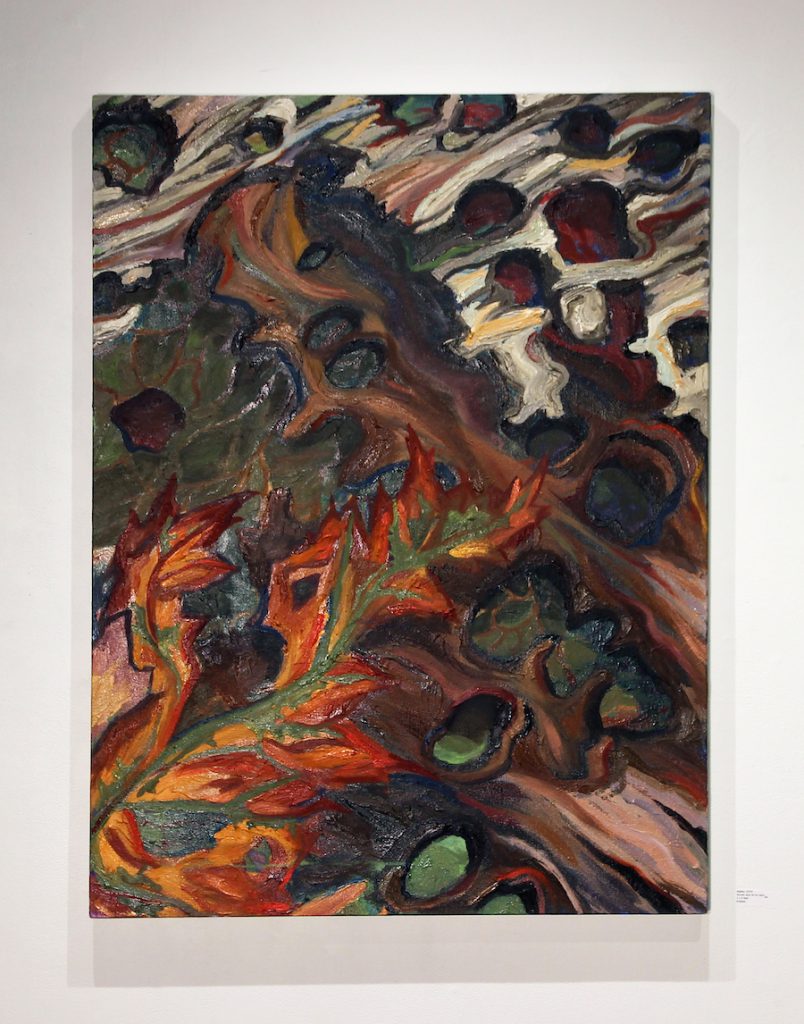
Matter, 2019
Acrylic and oil on canvas
3 x 4 feet
Eclipse
My paintings express my feelings and connection to nature and encourage others to reflect on their own relationship to the natural environment. The subjects I have chosen to paint, as well as my depiction of them, are ambiguous and lack complete representation. This allows room for contemplation as viewers decipher what particular organic matter is being depicted in the painting. The act of deciphering urges the viewer to slow down and take time to process what they are seeing, and in doing so, impels viewers to be mindful and observant, which mirrors my process in the creation of my work. Before starting a painting, I observe an area of untouched, local land that is important to me and meticulously gather organic objects that are generally overlooked. I find these objects, often strange yet beautiful and minute in size, to be important, as each fragment has its part in forming the greater landscape. The resulting images serve as a microcosm of the whole forest. Without a combination of the smallest of components, the forest cannot function properly. To allow more intimate connections between viewer and subject, I expand the objects to better suit human scale. My goal is to initiate fascination and intrigue in my paintings that mirror my own fascination with small, overlooked parts of nature. I hope that in providing a space of contemplation, I raise awareness in the details of our landscape. In a world where life is rapidly evolving to be industrially developed, fast paced, and artificial, I think it is important to encourage everyone to pause and contemplate their relationship to the natural world.

They will know if we weren’t meditating, 2019
Acrylic and oil on canvas
40 x 48 inches
Angela Gmeinweser
I am drawn to situations that slow my perception and understanding. I encounter this feeling often while traveling because of cultural differences, blurred boundaries between natural and man-made spaces, or ambiguous objects. Making art is a way of processing these encounters while allowing the work to evolve into a situation of its own.
In the installation Stones Unfolding, the wooden structure works together with audio to reference my experiences visiting stone buildings and caves in France. My choices while making this sculpture were informed by situations I experienced in these places, most particularly my travels with a friend from the United States. She would often sing songs from the Appalachian region where she grew up in tunnels and churches we happened upon. I remember being struck by how the reverberation in these chambers described what was invisible, so I chose to use the sound in this installation in the same way. The audio draws out the structure where the physical material ends. My travels with this friend were always to new places where I was hyper-focused on my surroundings yet the full moment often escaped me, shifting too fast to fully perceive what had happened. The aesthetic of the plywood structure references these moments, drawing out shapes that I had noticed and then stopping when there was no memory to attach to the form.
If my memory is filled with mostly visuals I choose to paint, whereas if what I remember most is the feeling of moving through and around space I choose sculpture. My process in sculpture and painting is the same in which I add and subtract elements until the work feels like it has something interesting to offer a person who has no connection to it.

Nostalgia, 2019
Photo animation
11 minutes
Bailey Ennig
Stories of heroes overcoming insurmountable obstacles set before them and saving the day have been narratives I have been deeply drawn to. I loved these stories as a kid and relied on them to help me process the challenges surrounding growing up and overcoming the fallout of abuse. Nostalgia explores the mental state of my childhood through the visualization of imaginative spaces. These spaces are visually constructed through the saturated colour and ambiguous sense of scale of the natural outdoor world. In each photo, the same pink toy is featured as the personification of my timid child self. Growing up, I isolated myself from others as a self defense mechanism. I avoided people I did not trust because I was afraid of being hurt again. I escaped this extreme introversion by slowly forcing myself to stop hiding and let others in. This toy shows this experience by partially hiding from the viewer in each photo. By subjecting this creature in the forefront of each image Nostalgia shows the act of vulnerability and bravery representing the steps I had to take to reach a healthier mental state. Overarching through the narrative of Nostalgia, is the character of the imaginer conjuring the fantasy that is being presented. The world slowly reveals itself up through the slow camera movements in each frame of the imagined spaces and through the poetic narration. The vulnerability of my past experience is shown by opening up the deeply personal imaginative space to be seen by others and by allowing the viewer to see not only what is being constructed in the brain of the imaginer but also the personification of my mental state. Nostalgia is a narrative experience that tells my story of how I was vulnerable and pushed myself to overcome the fallout of abuse.
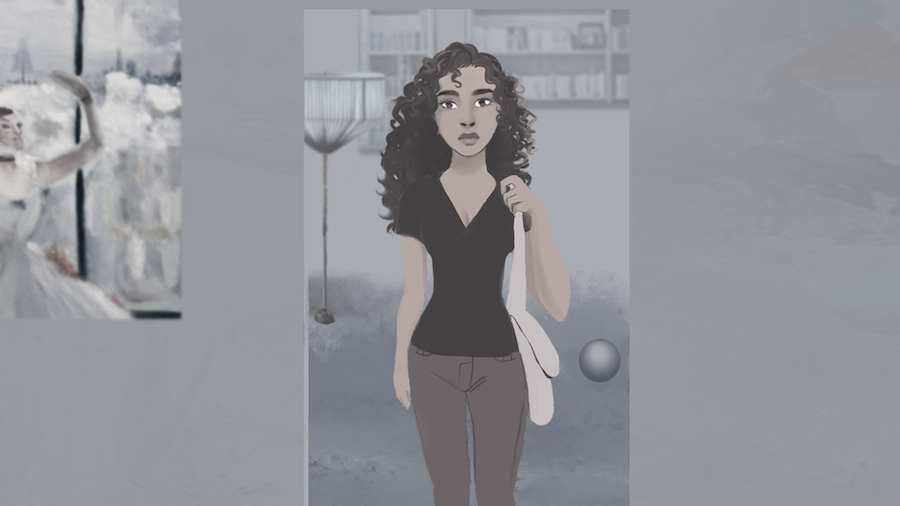
Thoughts Drip/Drift/Flow, 2019
Duration: 01:20
Video
Cassie McKenzie
“Thoughts Drip/Drift/Flow” (2019) is a 2D Mixed Media Animation comprising of charcoal on paper, oil paint on canvas, and digital painting/animation. When creating this work, I had the goal of crafting an experience of emotional disconnect and repression rendered visible. In moments of great distress and trauma, disassociative episodes are common- the brain tries to protect itself with this mechanism as a form of self-preservation. In these moments, even when emotions are boiling inside, they do not show on the face. These emotions, rolling off a person like waves, are what I wished to depict visually. What would a person’s emotional state look like after trauma? What about while inflicting trauma? Such are the questions I wished to answer.
With this animation I tell the story of a girl facing abuse, and her escape to a safer environment. This simple story is illustrated in just a few scenes, and this simplicity allowed for great freedom in my aesthetic and compositional choices. To communicate the dichotomy between scenes I used mixed media to illustrate the scenes in which we are privy to the emotions, and fully digital scenes are used to indicate reality within the world of the animation. With a medium such as animation, there is no limit to what can be done. As such, I felt very inspired to explore topics usually beyond live action capabilities. The image of waves of color and light swirling off of an emotionless face was the first concept finalized for this piece, and that image found its place as a centrepiece in the final film.
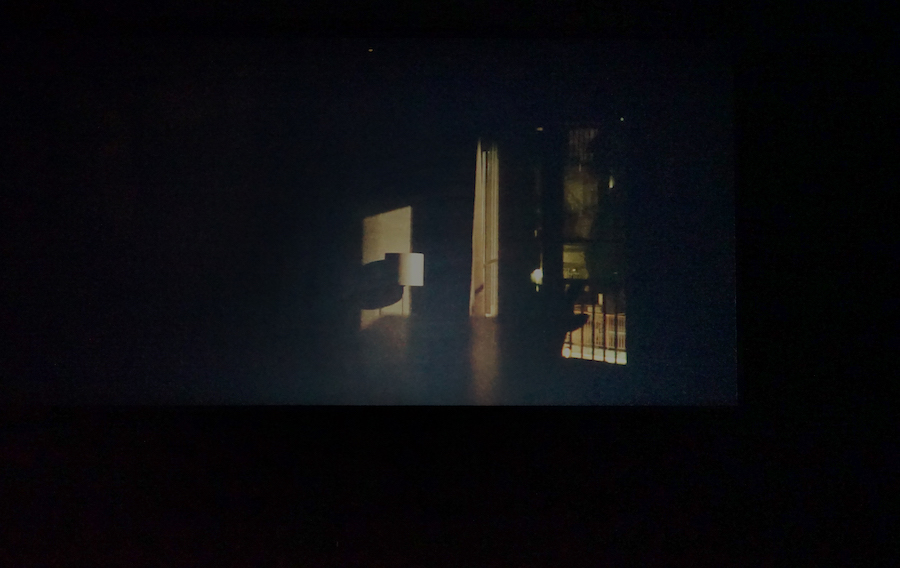
Anticipation, 2019
Duration: 09:38
Video installation
Sara Spencer
My intention with this project was to allow the viewer a glimpse of the feeling of anticipation that I get every night when I hear vehicles or people approach my living space. The feeling that I get isn’t based on anything that is logical rather, it’s based on habitual behaviours from when I was a child and into my teen years listening for one specific engine. I never knew what month or day he would come home but I would memorize the sounds that were extensions of him. As an adult I know that I won’t hear his vehicle but I still subconsciously practice those motions. I intend to show the moments that trigger these illogical feelings and offer clues about my upbringing while allowing the viewer to interpret their own narrative. I’ve visually manifested these intentions in my work by obscuring the perspectives in the video through the layering of many different views of one very small space. The spacial ambiguity that I’ve created has the potential to hold the attention of the viewer and allows them the opportunity to imagine orienting themselves within the space. By transporting the viewer into this space and through the slow pacing of the video, I’m able to replicate my personal head space and introduce sounds of anticipation like vehicles and people. My process involved photographing, filming and recording audio of the interior of my apartment over many nights trying to capture moments that truly brought these feelings of anticipation up for me. I would catch moments in audio where I would be sleeping and hear a vehicle approach and notice that my breath would stop. I have always subconsciously been affected by these happenings but through the intentional act of documenting them, I now have a deeper understanding of my personal relationship with anticipation.





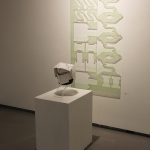


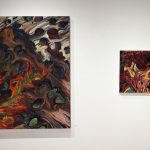











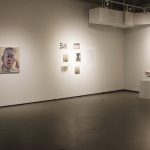


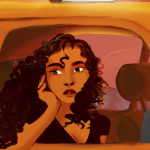
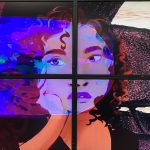
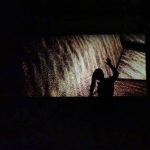
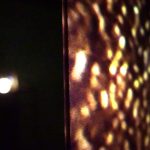

 Follow
Follow